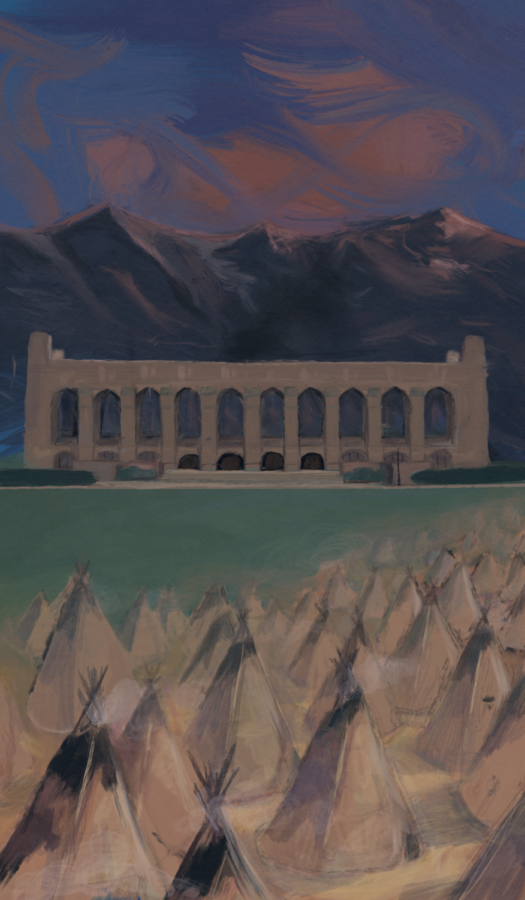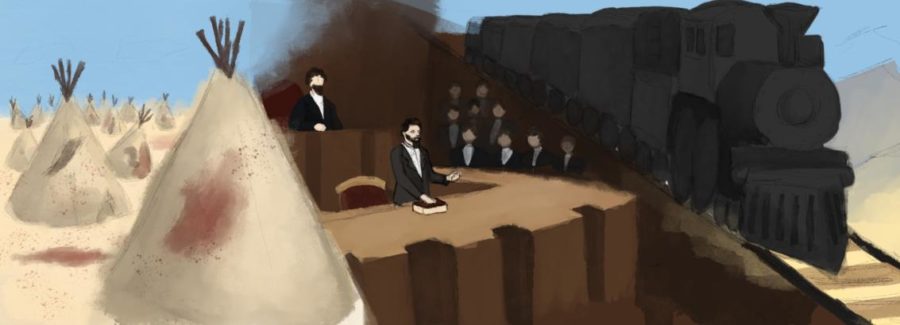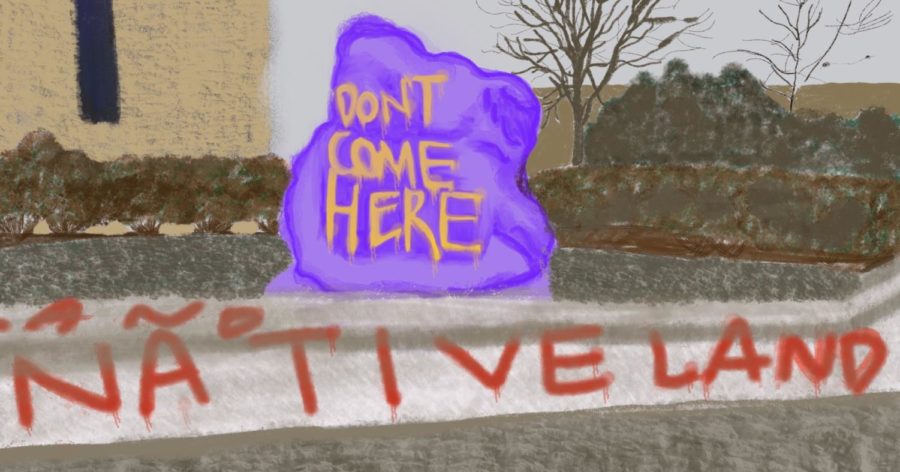John Evans and the Sand Creek Massacre
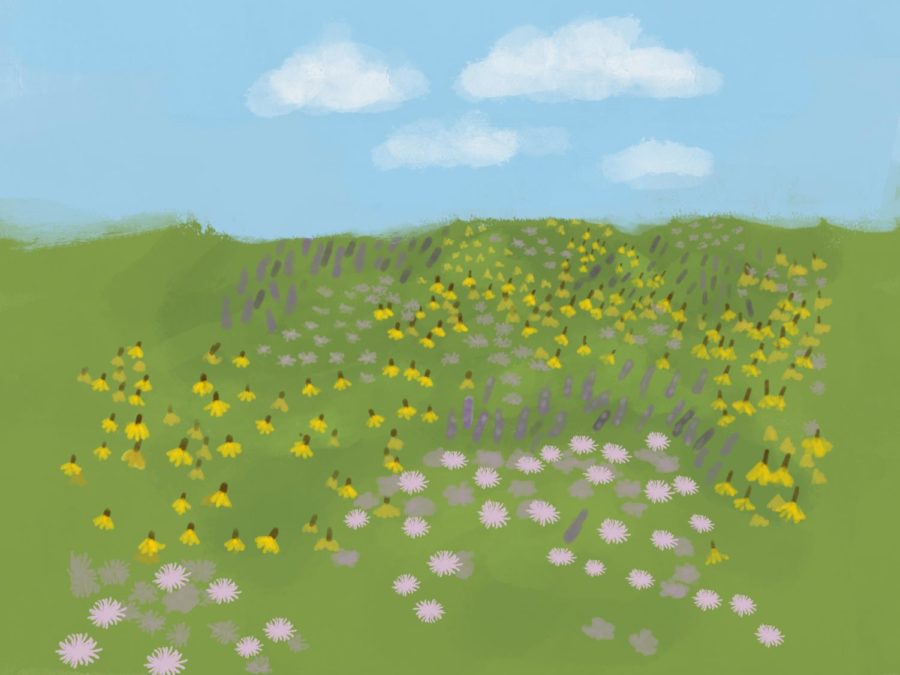
Land Acknowledgement
Meg Houseworth, Executive Editor
• February 27, 2023
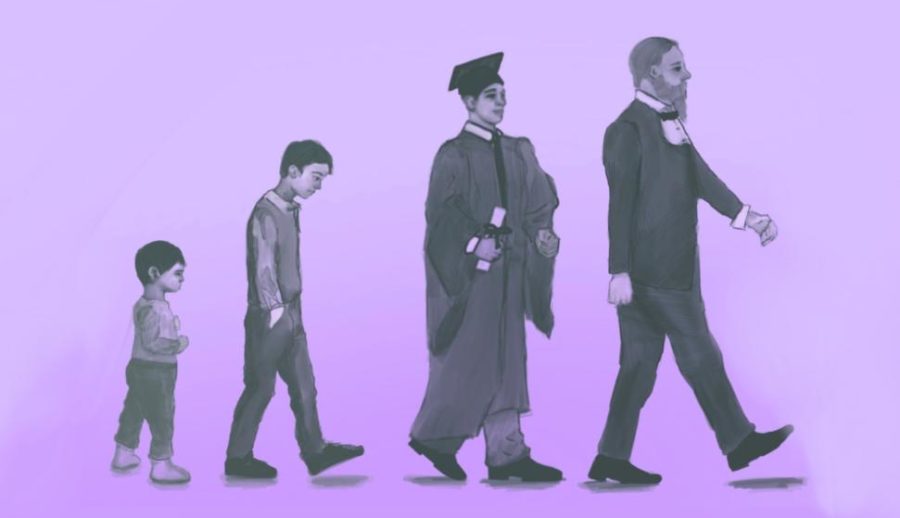
Always craving more: Evans’ early life
Sam Froum, Ethan Ravi and Mack Jones
• February 27, 2023

Gaming the system: Evans’ power grab
Jilian Denlow, Christopher Vye and Jared Tucker
• February 27, 2023
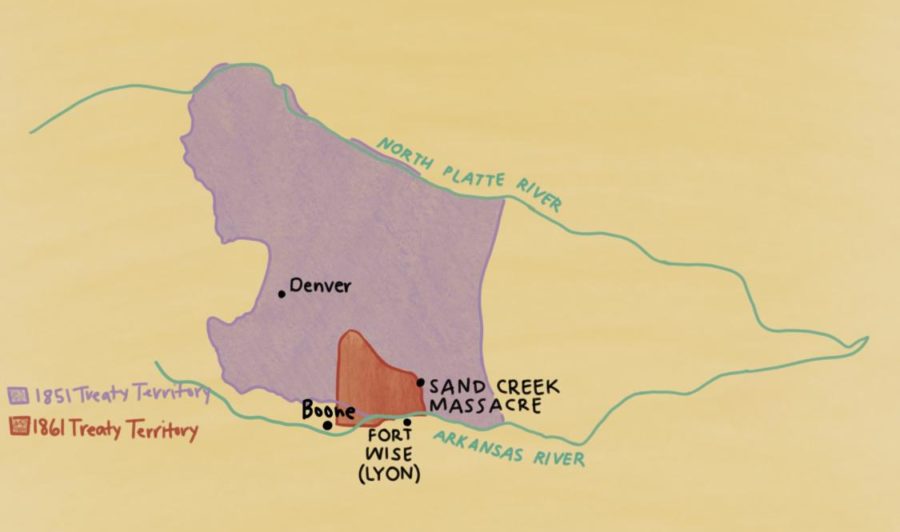
Mourning and loss: the events at Sand Creek
Jessica Sehgal, Clara Gustafson and Frank Herman
• February 27, 2023
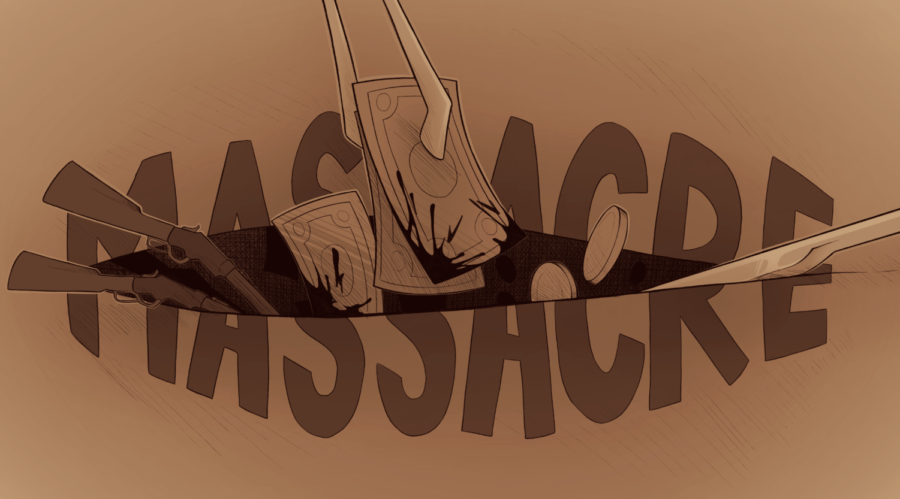
Mass killings in America reveal pattern
Sadie Dowhan, Marin Ubersox, Hazel Hayes and Lily Roback
• February 27, 2023
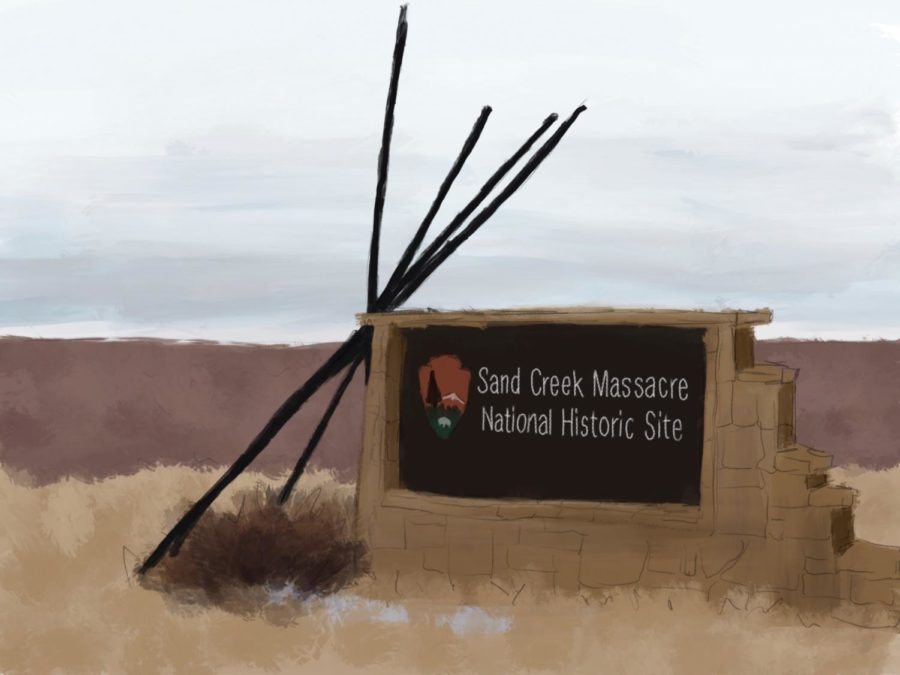
Governmental action on Sand Creek in recent years
Sophia Sherman, Lydah Coates, Charlotte Geyskens and Leah Johnson
• February 27, 2023
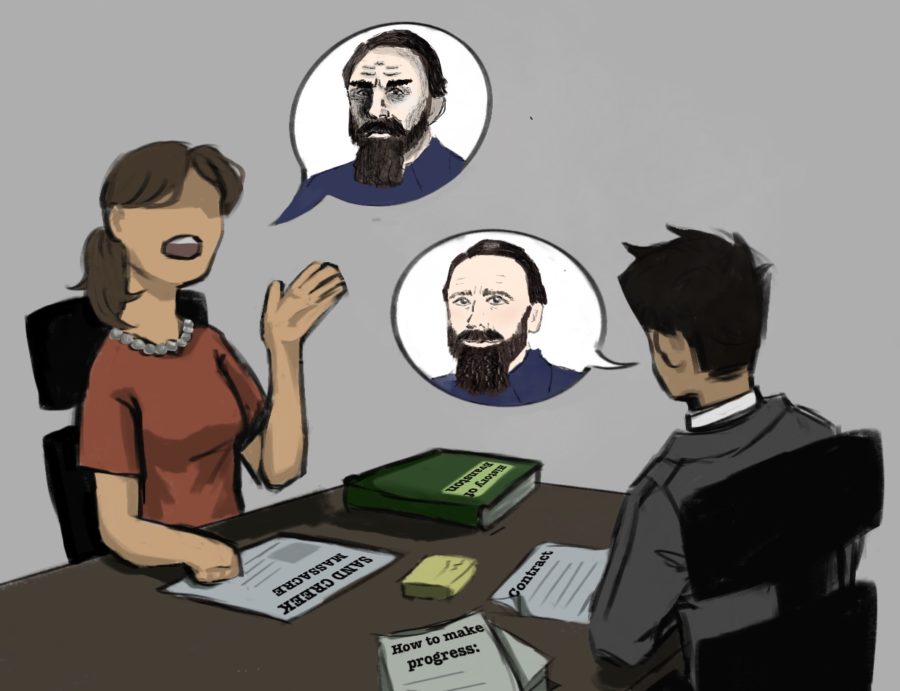
Two different reports about John Evans and Sand Creek, two different tones
Meg Houseworth and Mae Luning
• February 27, 2023
Native American Resources Page
February 27, 2023


